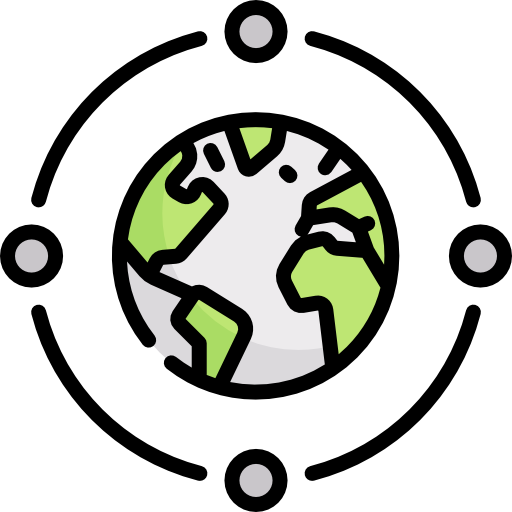New Zealand is a nation with a long-standing commitment to providing quality education to its citizens. However, with the rapid advancement of digital technologies and the growing need for digital literacy, New Zealand’s education system has been faced with the challenge of addressing the digital divide. This article will explore the impact of the digital divide on New Zealand’s education system, the strategies being used to combat it, and how this issue can be addressed in the future.
Impact of the Digital Divide
Digital technologies have become an integral part of life in New Zealand. With most educational and professional opportunities now requiring some level of technological proficiency, the digital divide is becoming increasingly noticeable. Those without the necessary digital skills, or those who lack access to the appropriate technology, are at a distinct disadvantage. This is especially true in New Zealand, where access to digital technologies is still unequal between socio-economic groups and rural and urban areas.
This digital gap has significant implications for New Zealand’s education system. Those without access to adequate digital tools or know-how are unable to effectively engage with the technology-driven educational materials. This leads to poorer educational outcomes, as those students are unable to keep up with their more technologically-equipped peers. It also contributes to an overall climate of inequality, as those with less access to digital technologies are unable to take advantage of the same opportunities as their wealthier counterparts.
Combatting the Digital Divide
In recent years, the New Zealand government has taken steps to address the digital divide in its education system. It has invested heavily in the development of digital literacy programs and in providing access to digital technologies for all students. The government has also increased its spending on infrastructure such as high-speed broadband, which has helped to improve internet access in rural and remote areas.
At the school level, many educators have adopted a ‘Bring Your Own Device’ (BYOD) policy, which encourages students to bring their own digital devices to school. This has had a significant impact in closing the digital divide, as it ensures that all students have access to the same tools and resources. This policy is being further bolstered by initiatives such as the ‘Connected Classrooms’ project, which provides access to digital technologies and skills for all students in New Zealand.
Addressing the Digital Divide in the Future
Although the New Zealand government has taken significant steps in addressing the digital divide in its education system, more work needs to be done to ensure that all students have equitable access to digital technologies. To achieve this, the government must continue to invest in digital literacy and infrastructure projects and ensure that all schools have the necessary resources to support a BYOD policy. Furthermore, the government should explore ways to increase access to digital technologies in rural and remote areas. Finally, it should implement policies that incentivise the use of digital technologies in the classroom, and focus on developing digital skills among students.
The digital divide is a significant issue in New Zealand’s education system, and one that must be addressed if the country is to realise its goal of providing quality education for all its citizens. With the right strategies and investments, New Zealand can bridge the digital divide and ensure that all students have access to the same opportunities.
Key Takeaways
- The digital divide has significant implications for New Zealand’s education system.
- The New Zealand government has taken steps to address the digital divide, including investment in digital literacy programs and infrastructure.
- To bridge the digital divide, the government must continue to invest in digital literacy and infrastructure projects, increase access to digital technologies in rural areas, and implement policies that incentivise the use of digital technologies in the classroom.






